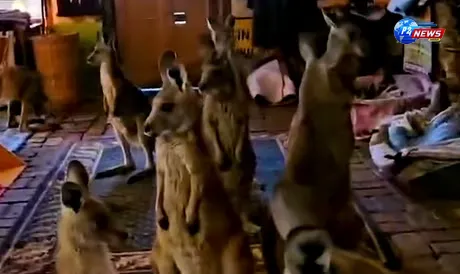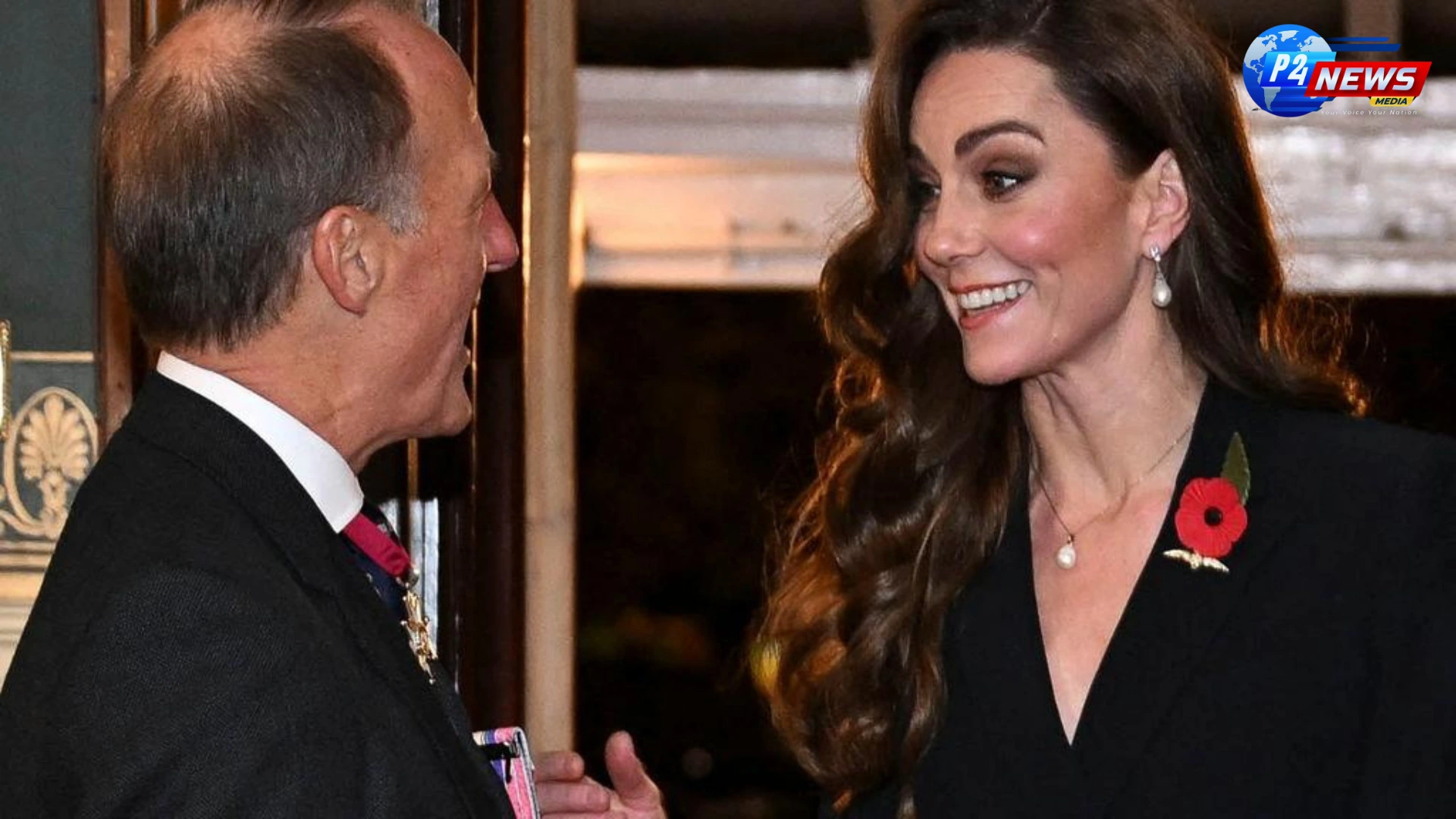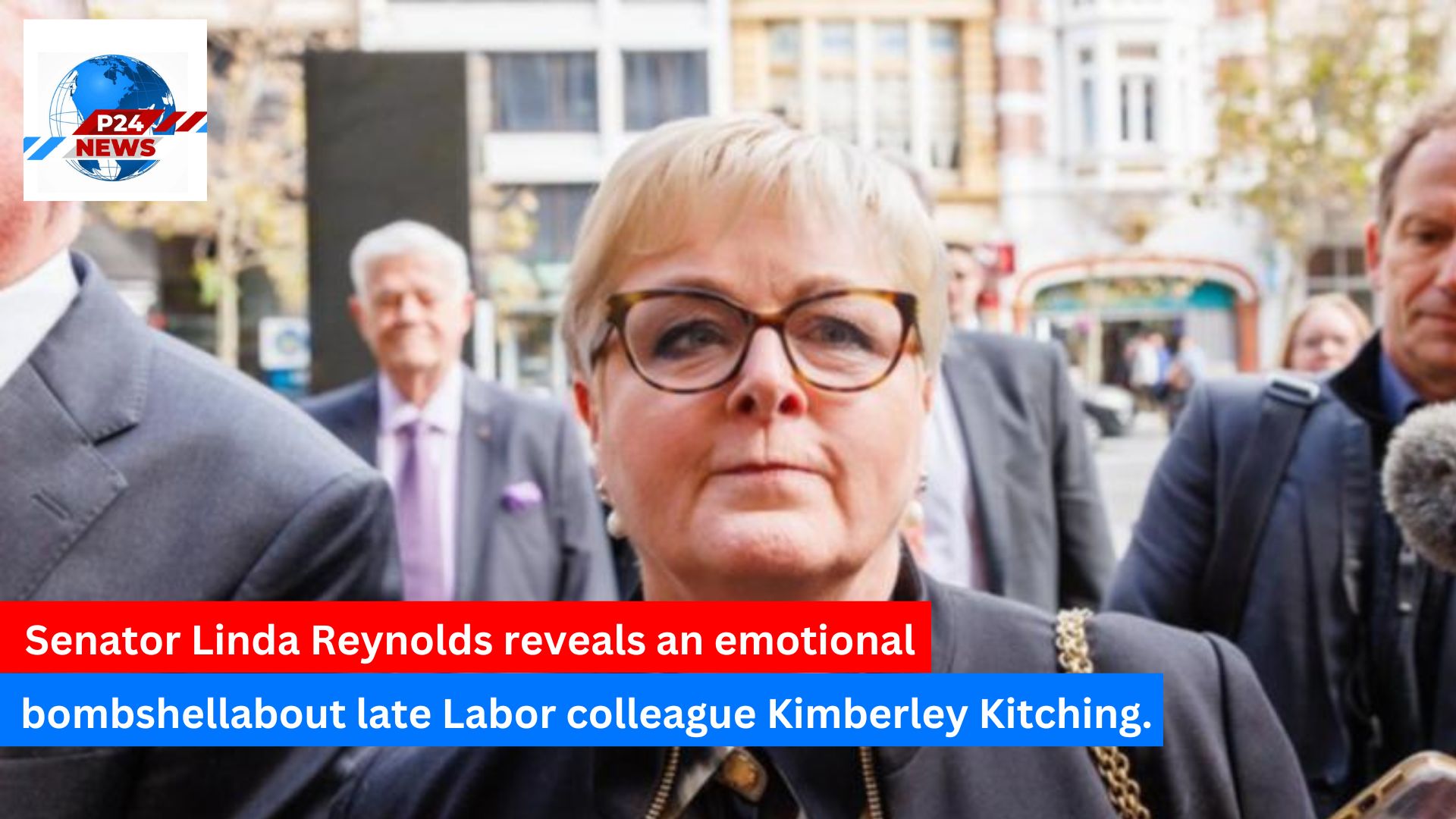Wildlife Victoria warns of severe, lasting effects on wildlife due to environmental threats, predicting significant fatalities, injuries like burns and blindness, and increased starvation among animal populations.
Wildlife Victoria warns of severe, lasting effects on wildlife due to environmental threats, predicting significant fatalities, injuries like burns and blindness, and increased starvation among animal populations.
As devastating wildfires advanced towards her property in the Grampians region of Victoria on Boxing Day, wildlife carer Pam Turner took refuge with 20 orphaned joeys nestled in her living room. These young kangaroos, all raised by Turner after losing their mothers to tragic incidents such as car accidents, fence entanglements, and shootings, were far too young to survive on their own yet too large to be relocated safely.
Turner, who runs the Wildwood Wildlife Shelter in western Victoria, specializes in caring for kangaroos. The urgency of the situation compelled her to take action, saying, “I simply couldn’t leave them behind, so I made the decision to stay and protect them.” With the approaching blaze threatening her home, she brought her mob indoors while activating the roof sprinklers across her buildings. Fortunately, a change in wind direction spared her location, though it adversely affected those residing on the mountain's eastern side.
The Grampians National Park, known as Gariwerd to its traditional custodians, has faced at least four significant bushfires since 2006, impacting around 85% of its area, as reported by Forest Fire Management Victoria. Kangaroos, due to their agility, often manage to evade flames better than smaller terrestrial species. Nevertheless, the animals that do escape frequently arrive at shelters traumatized and undernourished, with their foot pads burned from scorching earth.
While the full impact of the fires remains uncertain, Wildlife Victoria anticipates "catastrophic and long-term consequences" for various wildlife, including significant mortality, burns, dehydration, and starvation stemming from loss of habitat and food availability. Lisa Palma, the agency's chief executive, highlighted the urgency of the situation, stating, “Our wildlife is at the forefront of climate change and lacks refuge from these fires.” She urged for immediate governmental intervention to reinforce protections for vulnerable native species before it becomes too late.
Dr. John White, a wildlife ecologist and associate professor at Deakin University, has examined the repercussions of fire on the Grampians landscape since 2008. Originally commissioned as a brief study following a devastating fire that consumed 47% of the national park in 2006, the research has evolved in response to subsequent large-scale fire events. According to Dr. White, the findings from the Grampians offer critical insights into the ecological impacts of climate change throughout southeastern Australia.
Describing the park as a historically rich area with varied habitats, Dr. White emphasized its significance as a sanctuary for a plethora of native flora and fauna, including the endangered heath mouse and southern brown bandicoots, alongside vulnerable species like long-nosed potoroos and several antechinus varieties, small carnivorous marsupials. He pointed out that the recovery from wildfires is a gradual process, often disrupted by drought, noting that “Most species show a peak recovery phase about 20 years post-fire.”
The challenge posed by climate change is the occurrence of multiple significant fires in rapid succession, which does not allow sufficient time for wildlife populations to recover, leading to observable declines in certain species. In the aftermath of fires, managing populations of feral cats and foxes is crucial, as these predators can exploit the chaos and scarcity of cover, making it harder for survivors to find safety.
Kelly O’Shanassy, the chief executive of the Australian Conservation Foundation, articulated that both land degradation and climate change pose serious threats to Australia’s "exceptionally valuable" wildlife. She elucidated how native species, reliant on national parks like the Grampians for their habitat, are increasingly endangered by the rise in both frequency and intensity of fires fueled by climate change. O’Shanassy called for decisive action to mitigate these impacts, emphasizing, “We must actively combat climate change by halting the extraction and combustion of fossil fuels such as coal, gas, and oil.”
Moreover, she urged the need to preserve natural habitats, stating, “We must cease the destruction of our bushlands to safeguard both wildlife and human communities.” The interwoven destinies of these ecosystems and the species that inhabit them underline the urgency of addressing climate-related challenges as well as the need for comprehensive conservation efforts.
Like
Dislike
Love
Angry
Sad
Funny
Pray
'Trump Tracker: Tulsi Gabbard's Surprising Appointment as US Intelligence Chief
November 14, 20249th Ayurveda Day in Melbourne: A Celebration of Ayurvedic Innovations and Global Health Impact
November 10, 2024🍪 We Value Your Privacy and Experience Hi there! We use cookies to enhance your browsing experience, provide personalized content, and analyze site traffic. By continuing to use our site, you consent to our use of cookies.







Comments 0